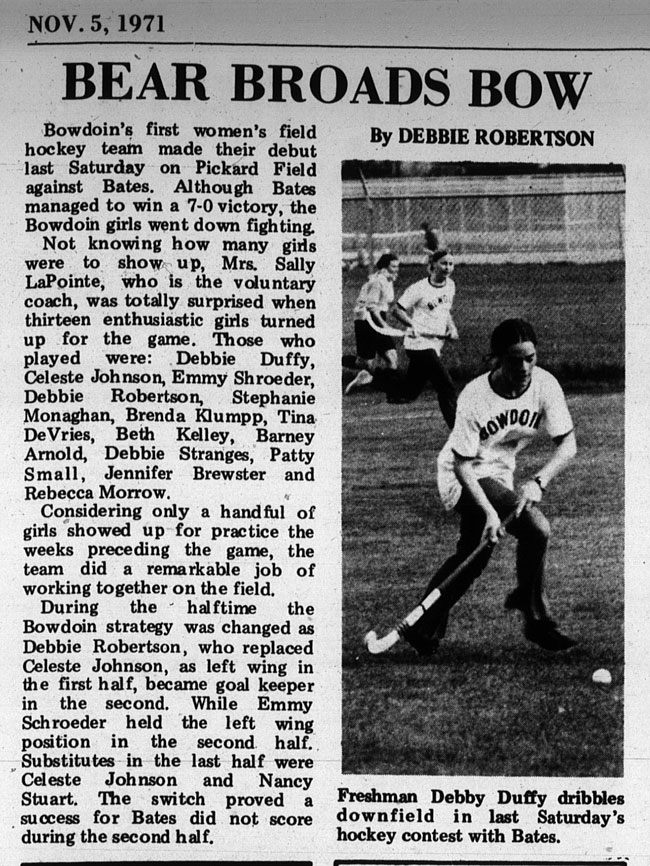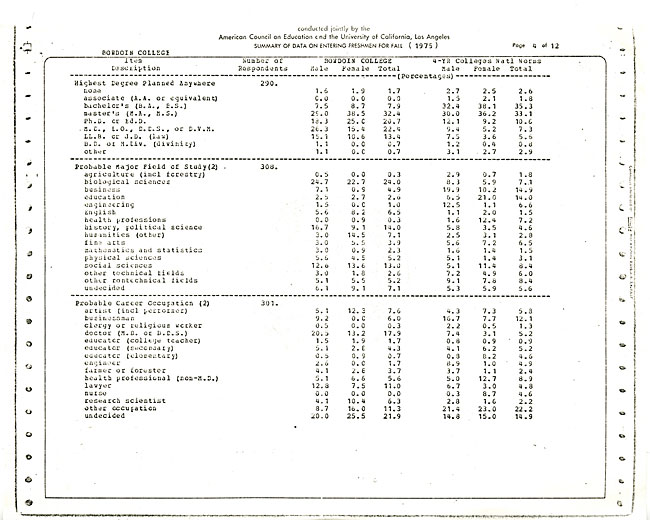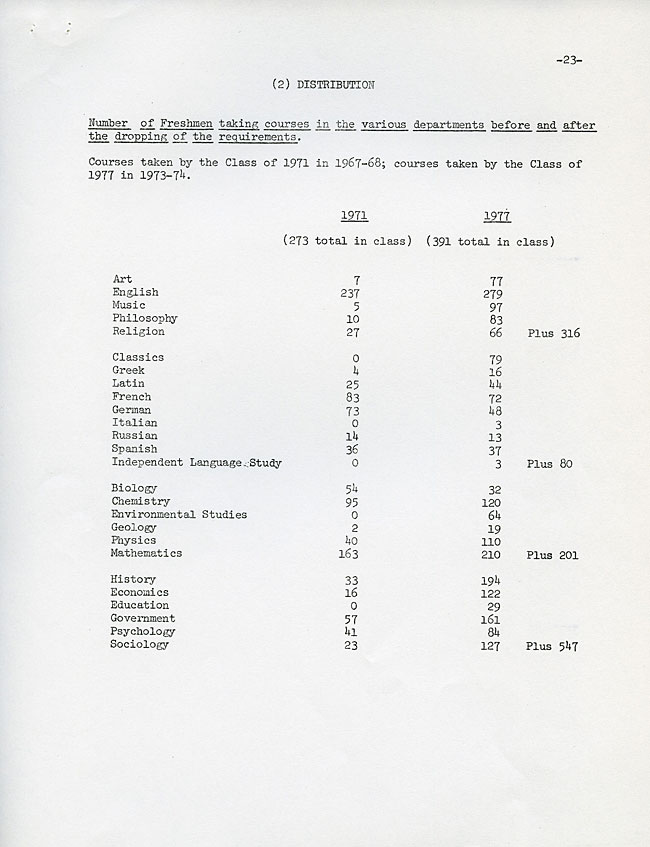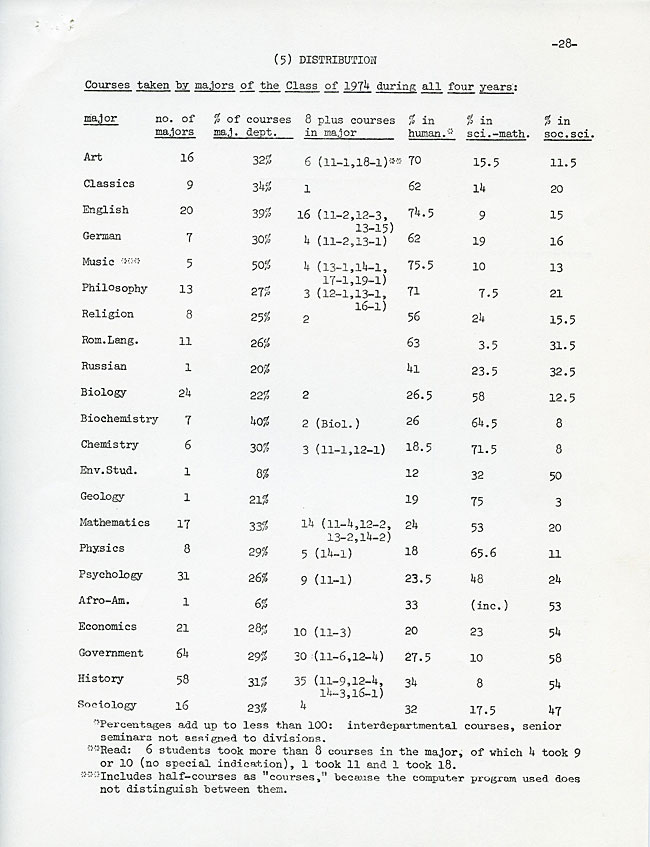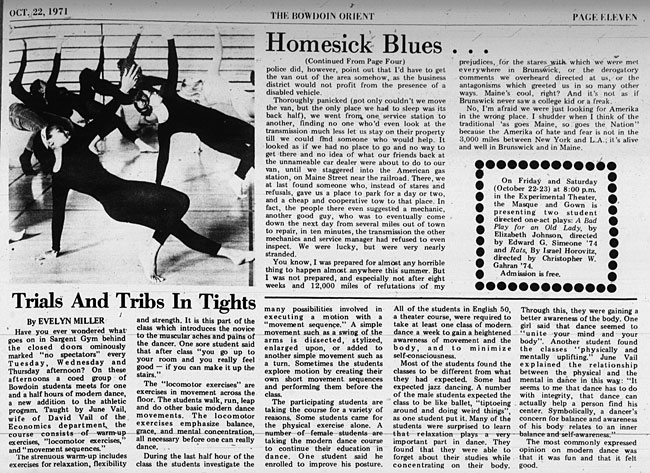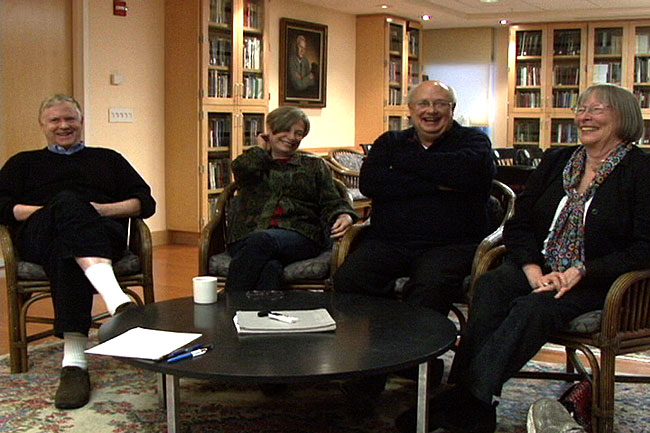Bowdoin’s student newspaper, the Orient published this article by Debbie Robertson on November 5, 1971 (Document JH, 55), regarding the first game of the first women’s athletic team at Bowdoin—the field hockey team. Bowdoin played Bates at Pickard Field on October 30, 1971. Although Coach Sally LaPointe did not know how many student-athletes would show up to the game beforehand, thirteen hard-working women came to participate. Despite the Polar Bears’ 7-0 loss, LaPointe demonstrated her knowledge as a coach and made halftime changes that benefitted, as Bates did not score during the second half. This example shows that the perseverance of Bowdoin’s women’s athletic teams has, by now, been carried on for decades.
